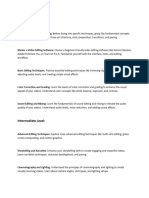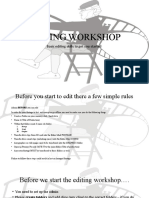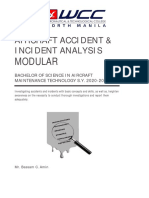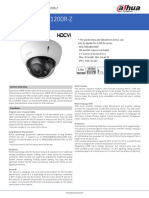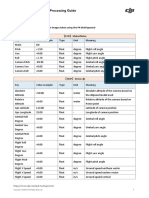0% found this document useful (0 votes)
68 views4 pagesCourse Outline
The document outlines a comprehensive, free video editing course led by trainer Fatima Akbar, spanning 1-2 months and divided into four phases: Foundation, Intermediate, Advanced, and Specialization. Each phase covers essential skills in video editing using Adobe Premiere Pro and After Effects, including storytelling techniques, motion graphics, sound design, and advanced editing techniques. Additional resources for learning and practice are also provided to enhance the educational experience.
Uploaded by
hunyawrhaseebCopyright
© © All Rights Reserved
We take content rights seriously. If you suspect this is your content, claim it here.
Available Formats
Download as PDF, TXT or read online on Scribd
0% found this document useful (0 votes)
68 views4 pagesCourse Outline
The document outlines a comprehensive, free video editing course led by trainer Fatima Akbar, spanning 1-2 months and divided into four phases: Foundation, Intermediate, Advanced, and Specialization. Each phase covers essential skills in video editing using Adobe Premiere Pro and After Effects, including storytelling techniques, motion graphics, sound design, and advanced editing techniques. Additional resources for learning and practice are also provided to enhance the educational experience.
Uploaded by
hunyawrhaseebCopyright
© © All Rights Reserved
We take content rights seriously. If you suspect this is your content, claim it here.
Available Formats
Download as PDF, TXT or read online on Scribd
/ 4















